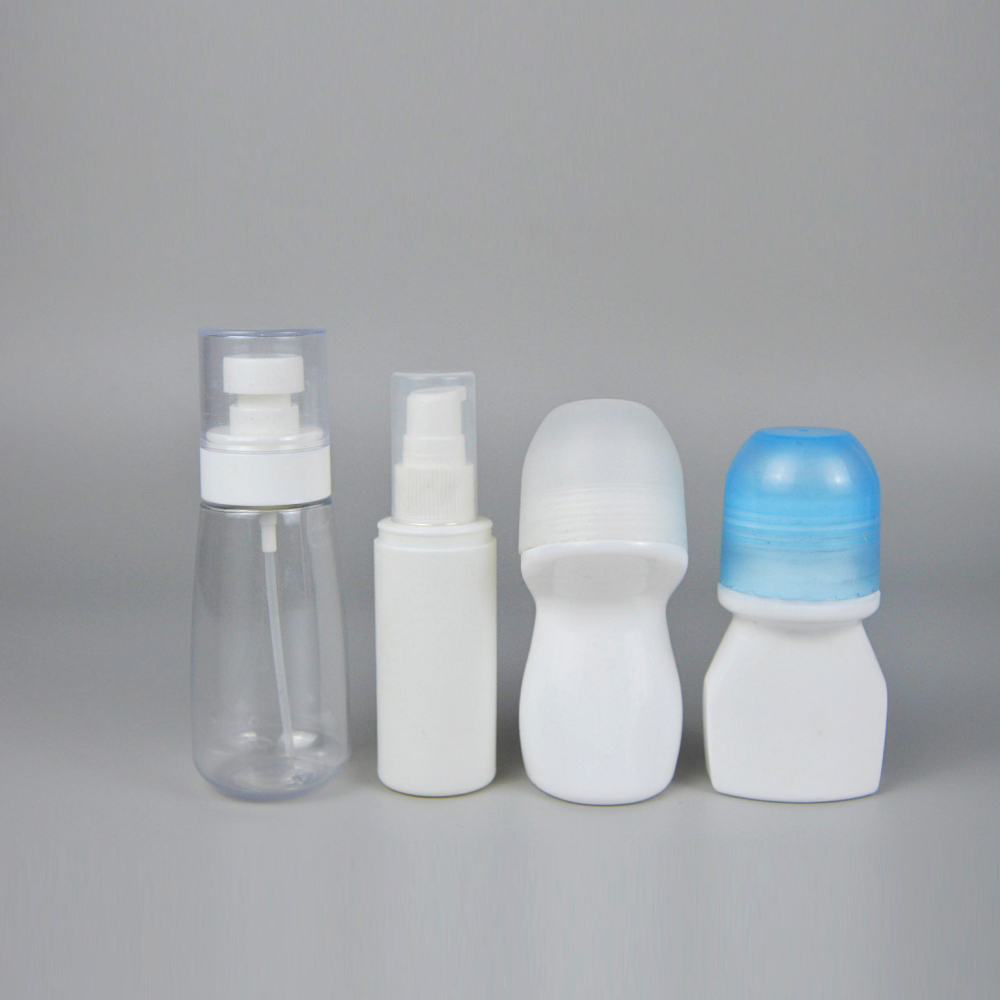plastic bottle cap design
The Evolution of Plastic Bottle Cap Design
Plastic bottle caps may seem like inconsequential items, yet they play a significant role in the beverage industry and have evolved considerably over the years. This article explores the importance of bottle cap design, the various innovations that have taken place, and the ongoing challenges associated with plastic usage.
Historical Context
The history of bottle caps dates back to the mid-19th century when soft drink and beer manufacturers began using cork stoppers. However, the advent of plastic in the mid-20th century revolutionized packaging, offering a lightweight and cost-effective alternative. Initially, caps were simple screw-on designs that allowed consumers to easily access beverages. Over the years, manufacturers started to experiment with different materials and shapes to enhance functionality and user experience.
Importance of Bottle Cap Design
Bottle caps serve multiple essential functions beyond merely sealing a container. They ensure product safety by providing tamper-evident features, minimizing the risk of contamination. Additionally, a well-designed cap can improve user convenience. For instance, sports caps allow for easy one-handed opening, catering to active consumers who may need quick access to hydration during sports or outdoor activities.
Moreover, the aesthetic aspect of bottle cap design cannot be overlooked. Colors and shapes are often tailored to reflect brand identity and attract consumers. An eye-catching cap can significantly affect a shopper's choice, making it a critical component of brand marketing strategies.
Innovations in Bottle Cap Design
Innovation has been a continuous theme in bottle cap design. One of the most notable trends is the move towards sustainability. As environmental concerns grow, companies are increasingly looking for ways to reduce plastic waste. Developments in biodegradable materials and recyclable designs are paving the way for greener alternatives. For instance, brands are experimenting with plant-based plastics, which can reduce the carbon footprint associated with traditional petroleum-based materials.
plastic bottle cap design

Another area of innovation is the introduction of user-friendly features. The rise of the “flip-top” cap has made consumption more accessible, particularly for individuals with disabilities or those seeking convenience. These designs facilitate easy opening and closing, preventing spills and making it easier to store beverages in different environments.
Furthermore, smart bottle caps are on the horizon. These caps can integrate technology to monitor consumption, provide reminders for hydration, and even sync with mobile applications to promote healthier habits. This intersection of technology and design demonstrates the evolving landscape of bottle caps as more than just closures but as integral parts of consumers' lifestyles.
Challenges and Future Directions
Despite these advancements, challenges remain, particularly in addressing the environmental impact of plastic. The sheer volume of single-use plastics entering landfills and oceans has prompted a global call for change. Companies are now under pressure to explore alternative materials, improve recycling processes, and invest in circular economy models.
Designers and manufacturers must also consider the balance between innovation and cost. Sustainable materials often come with higher production costs, and companies must find ways to maintain competitiveness while addressing these challenges.
Moreover, consumer education is crucial. As brands introduce new sustainable options, educating consumers on responsible disposal and recycling practices becomes paramount. A well-informed consumer base can help in driving demand for eco-friendly designs, thus fostering a shift in the market.
Conclusion
The design of plastic bottle caps has come a long way from its humble beginnings, evolving into an essential component of beverage packaging. With a focus on functionality, aesthetics, and sustainability, the future of bottle cap design is bright, albeit with challenges to overcome. The drive for innovation is not just about convenience or branding but increasingly about responsibility. As companies strive to meet consumer expectations while addressing environmental concerns, the bottle cap may very well become a symbol of progress in the packaging industry. As we look to the future, it is clear that the seemingly simple bottle cap holds significant potential for driving positive change in both design and sustainability.
-
Aesthetic Makeup Spray Bottles | Fine Mist Empty RefillableNewsAug.19,2025
-
White Plastic Veterinary Vaccine Vials | Lab Liquid BottlesNewsAug.18,2025
-
Plastic Medicine Liquid Bottle: Secure Flip Top Drug VialsNewsAug.17,2025
-
Durable 250ml Blue Plastic Vaccine Vial for Lab & Vet UseNewsAug.16,2025
-
Sterile Virus Sample Tubes: Secure & Reliable Specimen CollectionNewsAug.15,2025
-
White 250ml Plastic Vaccine Vial for Lab & Vet MedicineNewsAug.14,2025
























